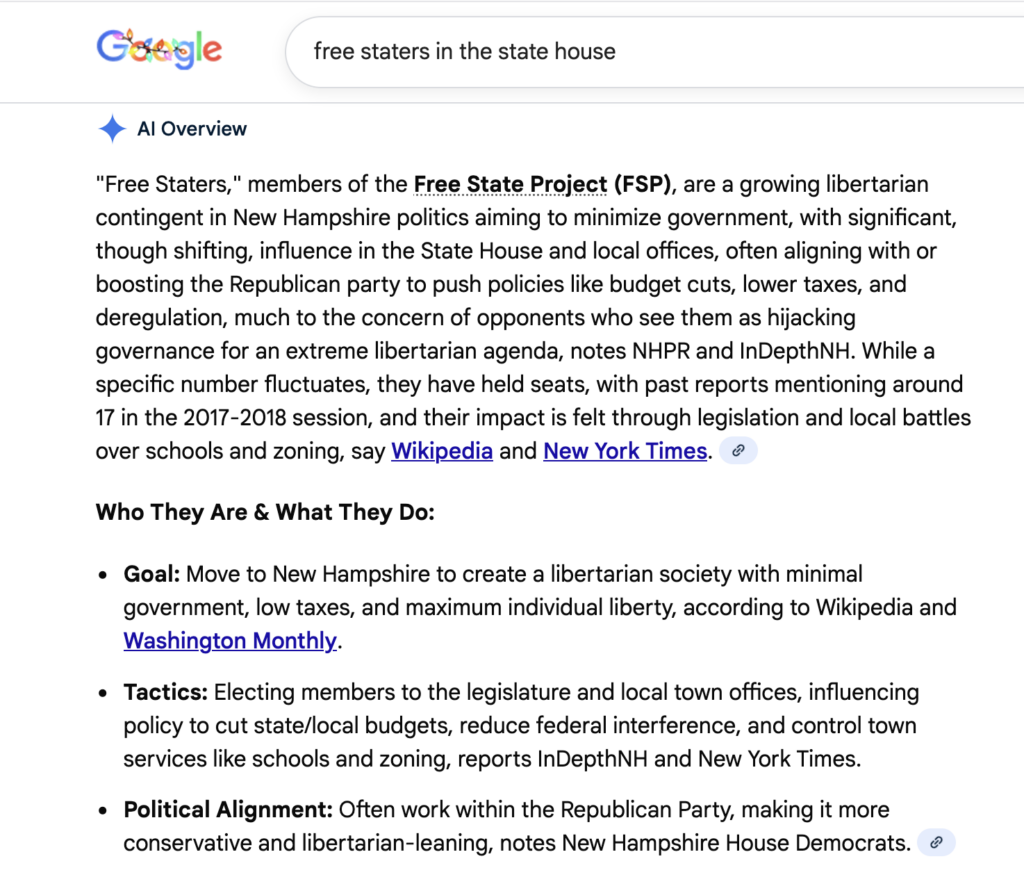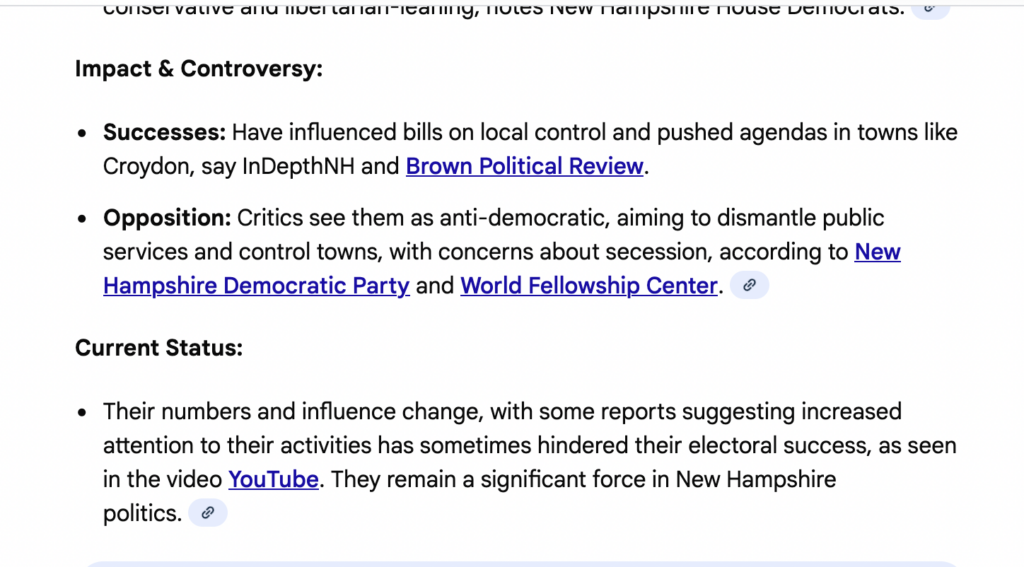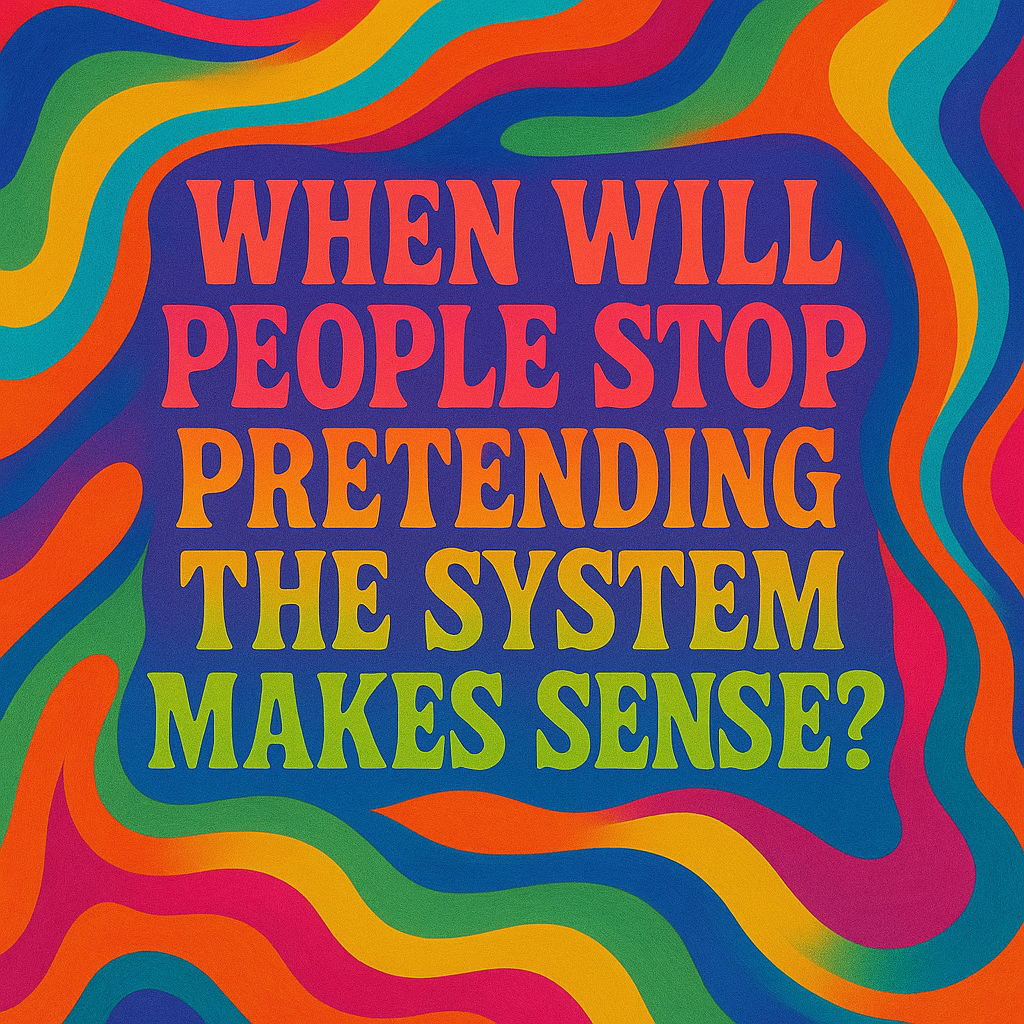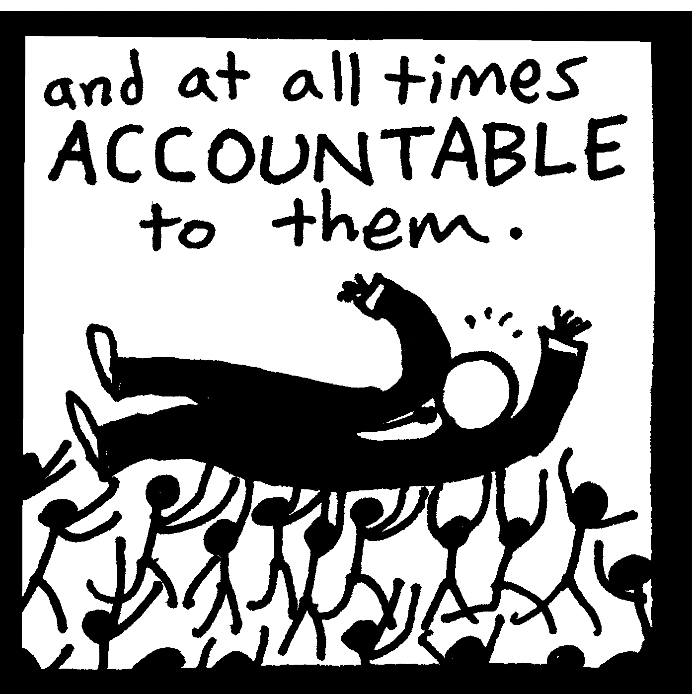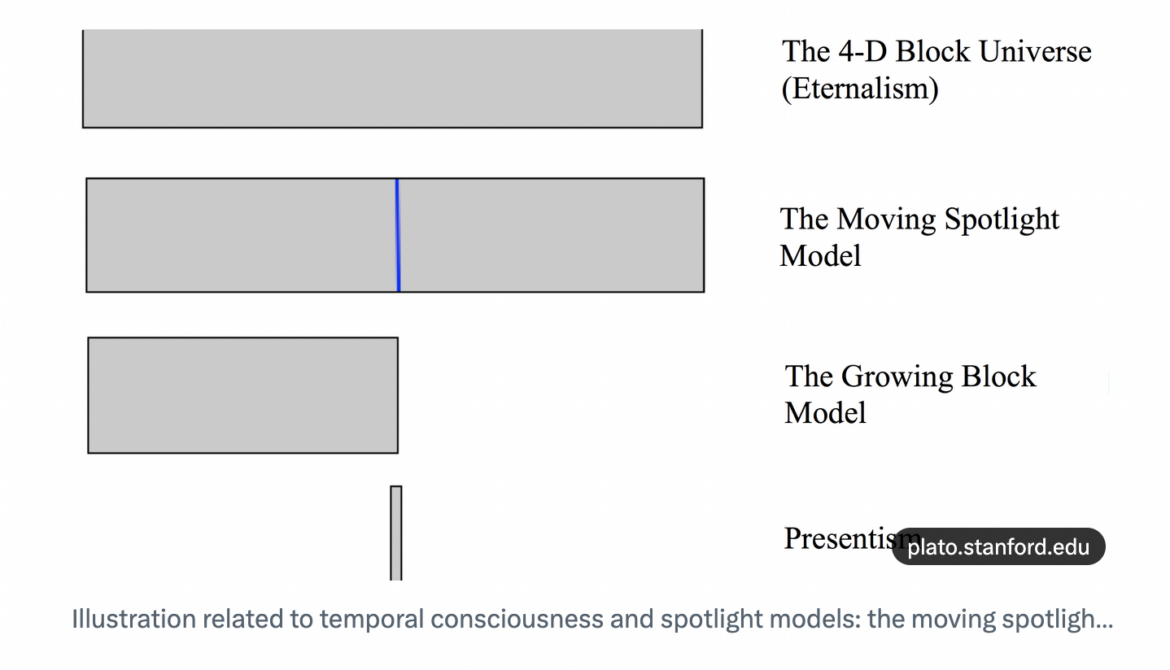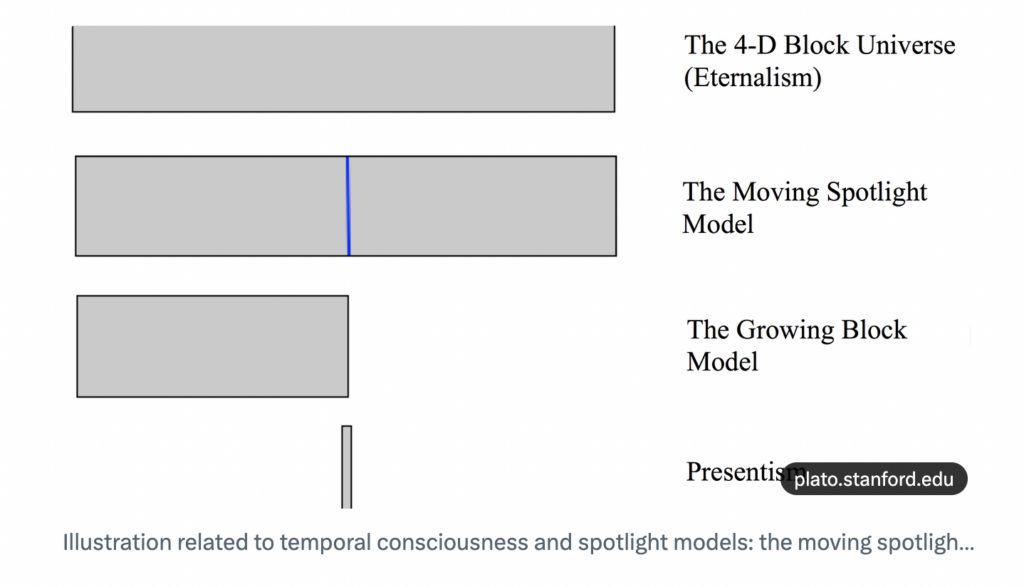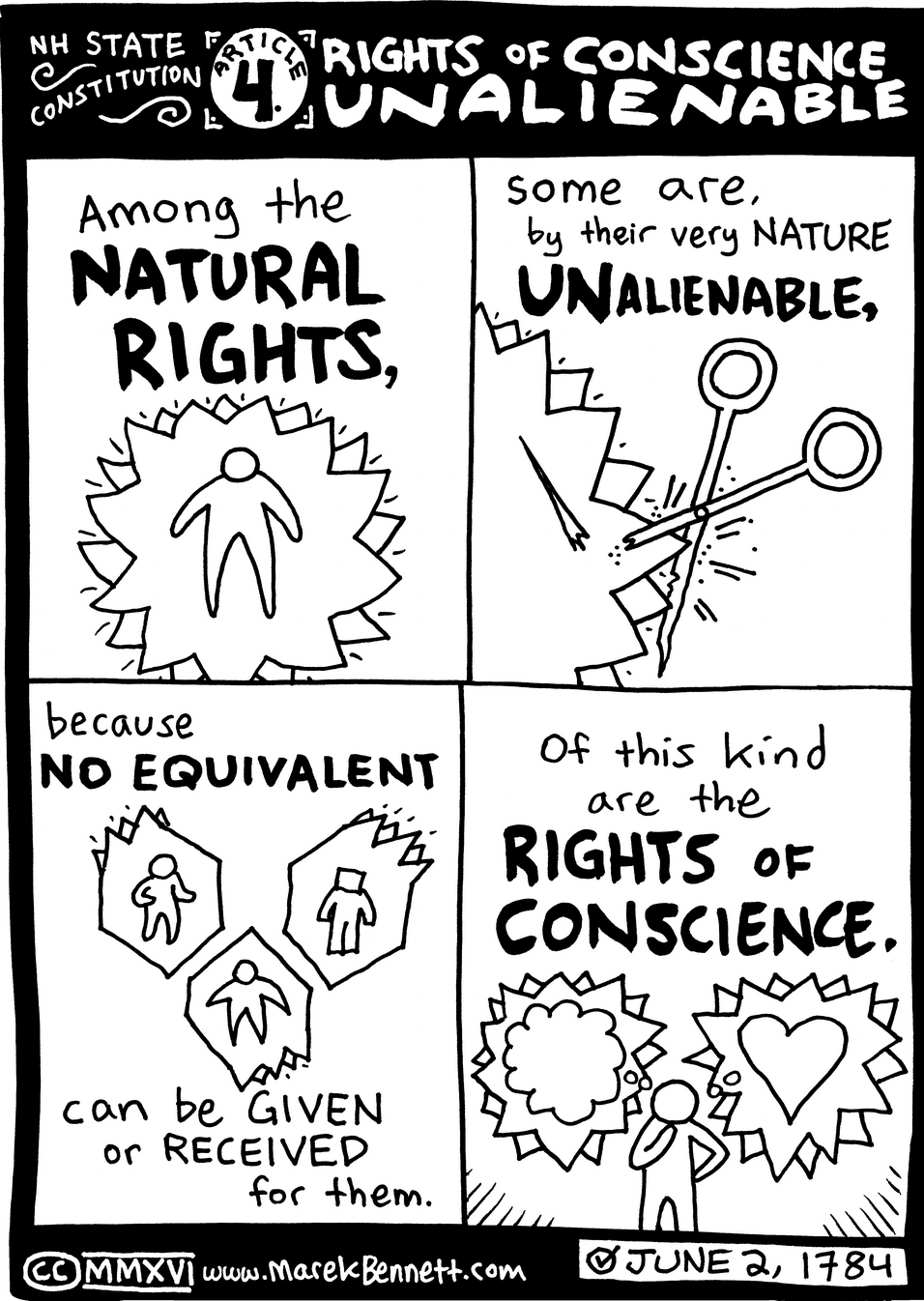Inspired by this piece of yellow journalism, Live Libertarian or Die by Joshua Stearns, objectively analyzed by ChatGPT’s “Professor of Journalism” for its propaganda and bias HERE, below is my rejoinder.
On Croydon, “Hidden Agendas,” and the Lie That Disagreement Is Destruction.
Let’s get one thing straight before we go any further:
Nothing was hijacked in Croydon.
A vote happened.
At a town meeting.
In New Hampshire.
That’s not a coup. That’s a Tuesday. (Or technically, in this case, a Saturday in winter.)
If the mere act of showing up, speaking, and voting in a legally noticed meeting is now considered “infiltration,” then congratulations—we’ve officially redefined democracy as “only legitimate when my side wins.”
Croydon didn’t expose a shadowy libertarian plot.
It exposed something far more uncomfortable:
That a lot of Americans love local democracy right up until it produces outcomes they don’t like.
The “Hidden Agenda” That Wasn’t Hidden.
The Free State Project has had a website since 2001.
A pledge.
A map.
Annual festivals.
Books.
Podcasts.
Tweets.
Candidates who literally introduce themselves as Free Staters.
If this is a “hidden agenda,” it’s doing a terrible job of hiding.
The real sleight of hand here is rhetorical: reframing open political participation as sabotage because you don’t like it.
Apparently, moving somewhere because you like its culture is fine—it’s literally called the LIVE FREE OR DIE state—but moving somewhere because you want to argue about its future is “aggression.”
That’s not journalism. That’s gatekeeping with a pitchfork.
Croydon Wasn’t About Children. It Was About Control.
Notice how quickly the narrative jumps from “school budget” to “abolishing education.”
That’s emotional laundering.
What actually happened was a dispute about:
spending
structure
scale
and whether one tiny town should operate a schoolhouse at any cost.
You can think that was a bad idea.
You can vote against it.
You can organize and reverse it—as Croydon did.
What you don’t get to do is declare the voters illegitimate retroactively because they had opinions you don’t like.
Calling the response a “witch hunt” and then waving it away as justified tells you everything you need to know about who this piece thinks deserves power—and who doesn’t.
“Extremifying Freedom” Is a Tautology.
New Hampshire’s motto is Live Free or Die.
Not Live Free But Please Be Normal About It.
Liberty here has always been sharp-edged, inconvenient, and occasionally annoying.
That’s the deal.
Calling people “extreme” for taking the state’s founding ethos seriously is like moving to Paris and complaining about all the French.
The Legislature Isn’t “Infiltrated.” It’s Big and Unwieldy by Design.
Yes, New Hampshire has a massive citizen legislature.
Yes, almost anyone can run.
Yes, that includes weirdos, hobbyists, retirees, Free Staters, socialists, and the guy who really cares about doing away with inspection stickers.
That’s not a bug. That’s the feature.
If you’re shocked that organized people show up and win in a low-information, low-turnout system, your beef isn’t with libertarians—it’s with civic reality.
Follow the Money? Fine. Follow It All the Way.
Big donors fund politics everywhere.
Including teachers’ unions.
Including environmental groups.
Including the people criticizing Freestaters.
Cherry-picking libertarian donors and whispering “Project 2025” like a ghost story doesn’t substitute for evidence of control or coordination. It’s also not accurate. (What y’all SHOULD be terrified about is the Free State movement is NOT well funded… yet.)
The Immigration Analogy Tells on Itself
The most revealing move in the piece is this one:
“Unlike most migrants, Free Staters migrate solely based on their desire to radically change the political nature of their new home.”
That’s… literally every political migrant in history.
Pilgrims.
Mormons.
Civil rights organizers.
Back-to-the-landers.
Techies.
Artists.
Queers fleeing red states.
Conservatives fleeing blue ones.
Movement is how America argues with itself.
The problem isn’t that Free Staters moved.
It’s that they didn’t ask permission.
And, Free Staters moving to the freest state to keep it free? That is not “radically changing the nature of their home,” that is a… homecoming!
The Real Fear Isn’t Anarchy. It’s Loss of Narrative Control.
Strip away the apocalyptic-ish language, the bear anecdotes (which even NH Fish and Game is on the record as saying is a lie), the “oil money” smoke, and the cancer metaphors, and what remains is this fear:
That ordinary people might use small, legal, boring mechanisms—
town meetings, zoning boards, school budgets—
to challenge assumptions that used to be untouchable.
That’s not destruction. That’s democracy doing leg day.
Final Thought (For the Kids in the Back)
New Hampshire doesn’t need to be protected from debate. It needs more of it.
If your vision of liberty requires silencing your neighbors, calling votes “aggression,” and treating political participation as a hostile act—then maybe the thing you’re defending isn’t freedom at all.
And maybe the people you’re afraid of aren’t us Free Staters at all.
Maybe you’re afraid of people exactly like you.
The people who cheered while neighbors were locked in their homes.
Who demanded dirty rags over faces and called it virtue.
Who flipped, without blinking, from “my body, my choice” as an argument to end a pregnancy to “your body belongs to the state” when an experimental, liability-free injection was rolled out and dissent was forbidden.
You didn’t just disagree.
You complied—and then you enforced.
You shamed.
You reported.
You deplatformed.
You told people they were selfish, dangerous, expendable.
And now you want to warn New Hampshire about covert threats?
No.
The danger isn’t people showing up to town meetings.
The danger isn’t neighbors arguing about budgets.
The danger isn’t a philosophy you dislike.
The danger is the reflex to override consent, silence dissent, and call it “safety.”
The danger is the belief that power should be centralized—as long as your people are holding it.
That instinct—that certainty—that moral arrogance—that’s what actually threatens liberty.
Not me.
Not us.
Not Freestaters.
YOU.
Look in the mirror.
🌲
Liberty doesn’t vanish in chaos.
It evaporates in certainty.
In the moment you decided obedience was virtue
and dissent was violence,
you didn’t protect society.
You revealed yourself.
And if that makes you afraid—
it’s not because we’re dangerous.
It’s because somewhere, quietly, you remember who you were
before you agreed to kneel.



